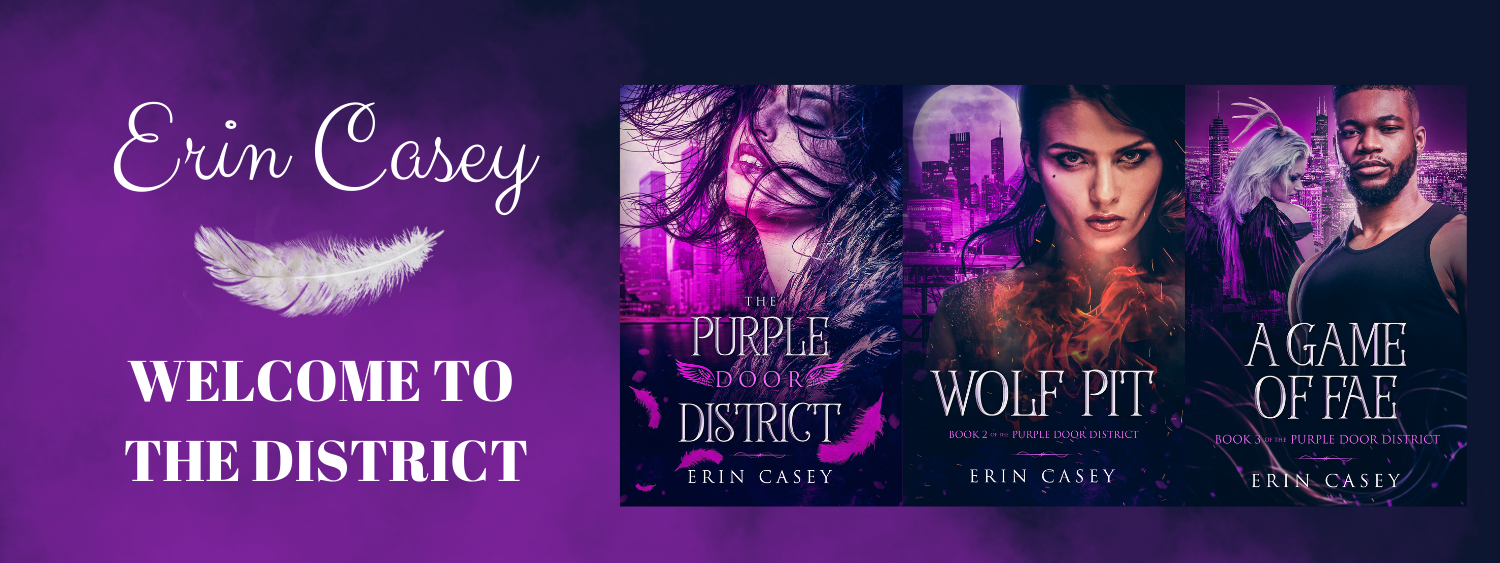That's right all you literary hopefuls, #pitmad is just around the corner! But what exactly is #pitmad, and how do you participate? I thought I'd give you a run down and suggestions while I also furiously scribble out pitches for the event.
#Pitmad is a quarterly pitch party where writers tweet a 280-character pitch for their finished manuscripts. Agents and editors will be scouring twitter and liking/favoring tweeted pitches that catch their attention. If they like your tweet, that means they want you to query your book to them. Yes, this is a real thing. People have landed agents and editors this way!
Some things to keep in mind:
Make sure your manuscript is complete. This event is for people who are ready to query their books (query letter, manuscript, synopsis and all). If you can't participate on December 6th (8am-8pm EST), don't worry! The next one is March 7th.
Don't favorite other friends' tweets, because that's how agents communicate with the authors. If you want to support your friend, retweet their post!
Include #pitmad and an age category to help the agents better find your work.
You can pitch more than one manuscript, but each manuscript only gets three pitches for the whole day, so space them out.
If an agent or editor likes your tweet, make sure to research them to ensure it's someone you want to represent you.
For more information, check the official website.
But what is a pitch, you might ask? It's basically a summary of your story in 280 characters. That's right, that huge manuscript you wrote? You need to tell us the most important things about it in a sentence or two.
And you thought writing a synopsis was hard.
Writing the perfect pitch can seem impossible, which is why you should check out Amelie Zhao's blog post How to Write a Killer Twitter Pitch. She gives excellent examples of pitches that caught an agent's attention, including her own during #dvpitch.
A few tips to keep in mind are:
Introduce a protagonist and antagonist.
Explain what's at stake.
Add in what makes your pitch/story unique.
Show your personality.
Think of comps, or books that are similar to yours to show you know what kind of audience your book will attract.
Test your pitch out on other people.
Amelie breaks this down into even more detail, but this list can help you get started. Also, don't get discouraged if you don't get chosen. Thousands of people are pitching at the same time, and agents have to sift through everyone. That's why it's so important to make your pitch unique and eye-catching (and I don't mean by using images).
If you're doing #pitmad, give a shout out below, and feel free to practice your pitch!
Good luck and happy writing!

